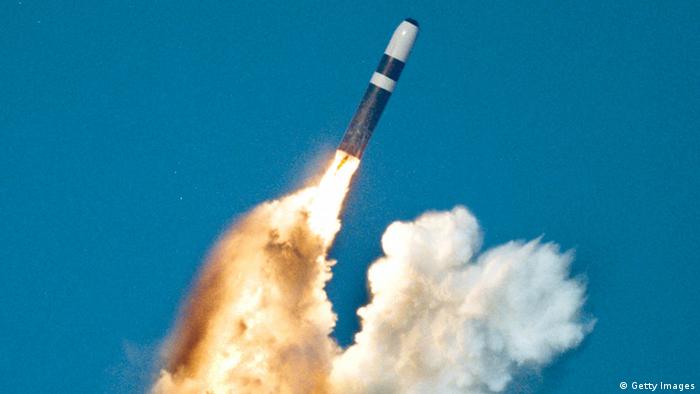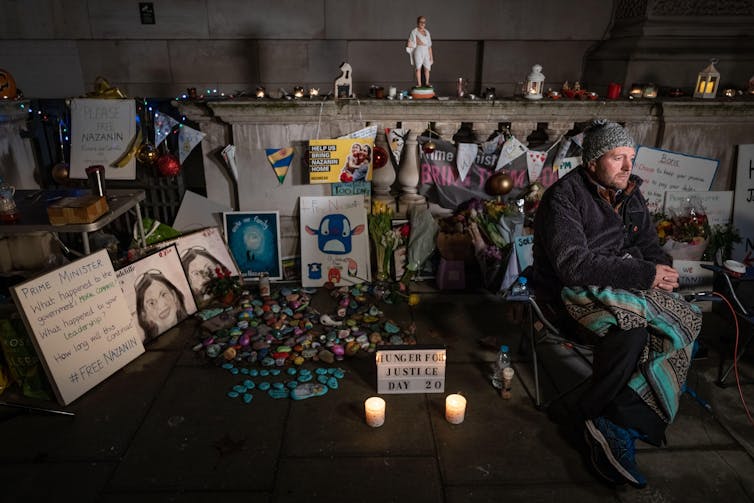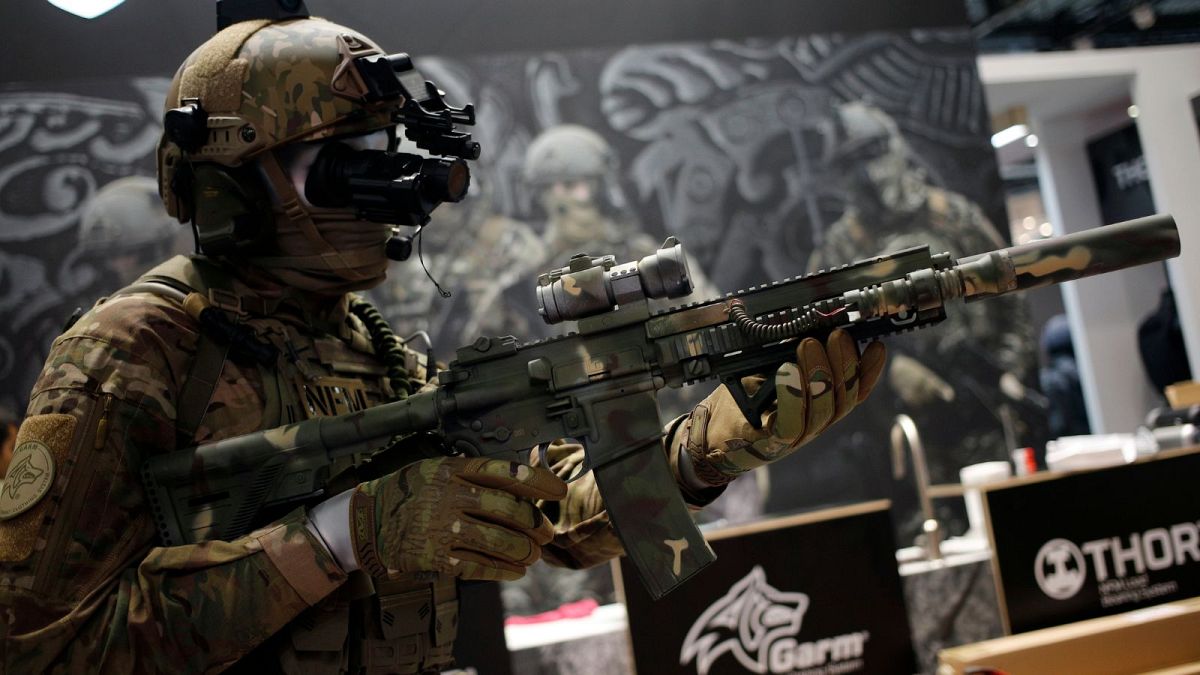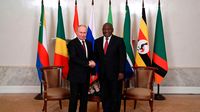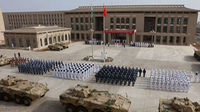Much of the growth in arms imports by European countries between 2019 and 2023 is due to the massive transfers of weapons to Ukraine in 2022 and 2023, according to a recent study.
European countries have nearly doubled their arms imports between 2014-2018 and 2019-2023, boosting their purchases by 94% in the period observed, according to a new study by the Stockholm International Peace Research Institute (SIPRI).
Much of this increase was due to the transfers of arms to Ukraine, which is still fighting off the Russian invasion and which, between 2022 and 2023, received 23% of the region’s arms import in 2019-2023.
Two European countries - France and Italy - have also significantly stepped up their exports in the same period, finding willing buyers in Europe, Asia and the Middle East.
Perhaps surprisingly seeing the current situation in Europe and the rest of the world, with the conflicts in Ukraine and Gaza, the global volume of international arms transfers fell slightly by 3.3% between 2014-2018 and 2019-2023.
Who’s Europe buying arms from?
The largest importer in Europe was by far Ukraine, which accounted for 23% of all Europe’s imports between 2019 and 2023. The next biggest importers were the UK (11% of all European imports) and the Netherlands (9.0%).
A majority of 55% of the arms imports by European countries between 2019-2023 came from the US, whose exports to Europe were up 35% compared to the previous timeframe analysed, 2014-2018. Other major arms imported to Europe between 2019 and 2023 came from Asia, Oceania and the Middle East.
“Many factors shape European NATO states’ decisions to import from the USA, including the goal of maintaining trans-Atlantic relations alongside the more technical, military and cost-related issues,” SIPRI Director Dan Smith explained in a press release. “If trans-Atlantic relations change in the coming years, European states’ arms procurement policies may also be modified.”
The next largest supporters after the U.S. were Germany (6.4%) and France (4.6%).
The rise of France’s arms exports
The US and France currently dominate global arms exports, with Washington having grown its exports by 17% between 2014-2018 and 2019-2023 and Paris by 47% in the same period.
The US alone was responsible for 42% of the total global arms exports, delivering arms to 107 states between 2019 and 2023, more than any other major exporters. The rise in French arms exports, on the other hand, was mainly due to the delivery of combat aircraft to India, Qatar and Egypt.
For the very first time, France was ahead of Russia in the list of largest arms exporters in the world, ranking second where Russia ranked third. That’s because while France’s exports climbed, Russia’s exports halved (-53%) in the same period. While Russia exported to 31 states in 2019, the number dropped to only 12 in 2023.
The largest share of France’s arms exports (42%) went to countries in Asia and Oceania, while another 34% went to Middle Eastern states.
The largest recipient of French arms exports was India, with nearly 30% of all exports. The country was the world’s top arms importer between 2019-2023 - though its main supplier remains Russia, which accounted for 36% of all its imports.
“France is using the opportunity of strong global demand to boost its arms industry through exports,” said Katarina Djokic, a researcher at SIPRI. “France has been particularly successful in selling its combat aircraft outside Europe.”
Other countries - including another European one - saw their arms exports increase in the past three years. In Italy, arms exports grew by 86%, while in South Korea they climbed by 12%.
China saw arms exports slide down by 5.3%, Germany and the UK by 14%, Spain by 2.2% and Israel by 25%.
Who’s Europe selling arms to?
Together with the US, Western Europe accounted for 72% of all arms exports in 2019-2023, while alone Europe was responsible for about a third of global arms exports, including large volumes going outside the region.
A total of five European countries, excluding Russia, were among the top 10 largest exporters in the world, including France (2nd place), Germany (5th place), Italy (6th place), UK (7th place) and Spain (8th place). The Netherlands were in 12th place, followed by Sweden (13th), Poland (14th), Switzerland (17th), Ukraine (18th), Norway (19th) Belgium (22nd) and Belarus (23rd).
Some 30% of international arms transfers went to the Middle East in 2019-2023, with the top three buyers in the region being Saudi Arabia, Qatar and Egypt. The majority of arms imports by Middle Eastern states were supplied by the US (52%), followed by France (12%), Italy (10%) and Germany (7.1%).
The biggest importers in 2019-2023 were India, Saudi Arabia and Qatar, followed by Ukraine, which has received major transfers of arms from over 30 countries between 2022 and 2023.
The US and Germany accounted respectively for 69% and 30% of arms imports by Israel, which is currently fighting a deadly war against Hamas in Gaza which killed over 30,000 people, most of whom were civilians.
LA REVUE GAUCHE - Left Comment: Search results for PERMANENT ARMS ECONOMY
